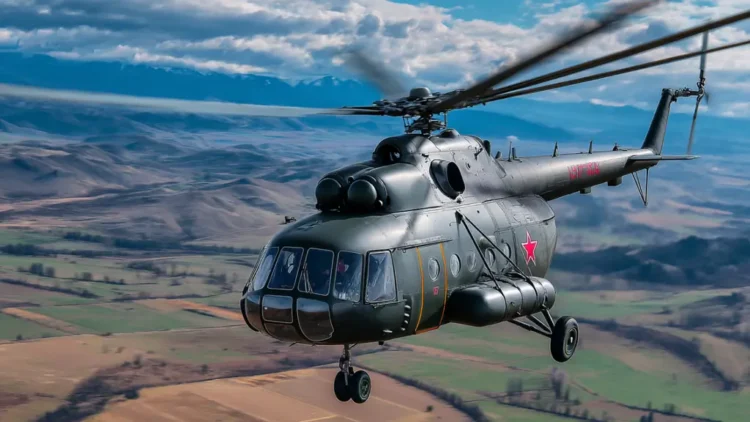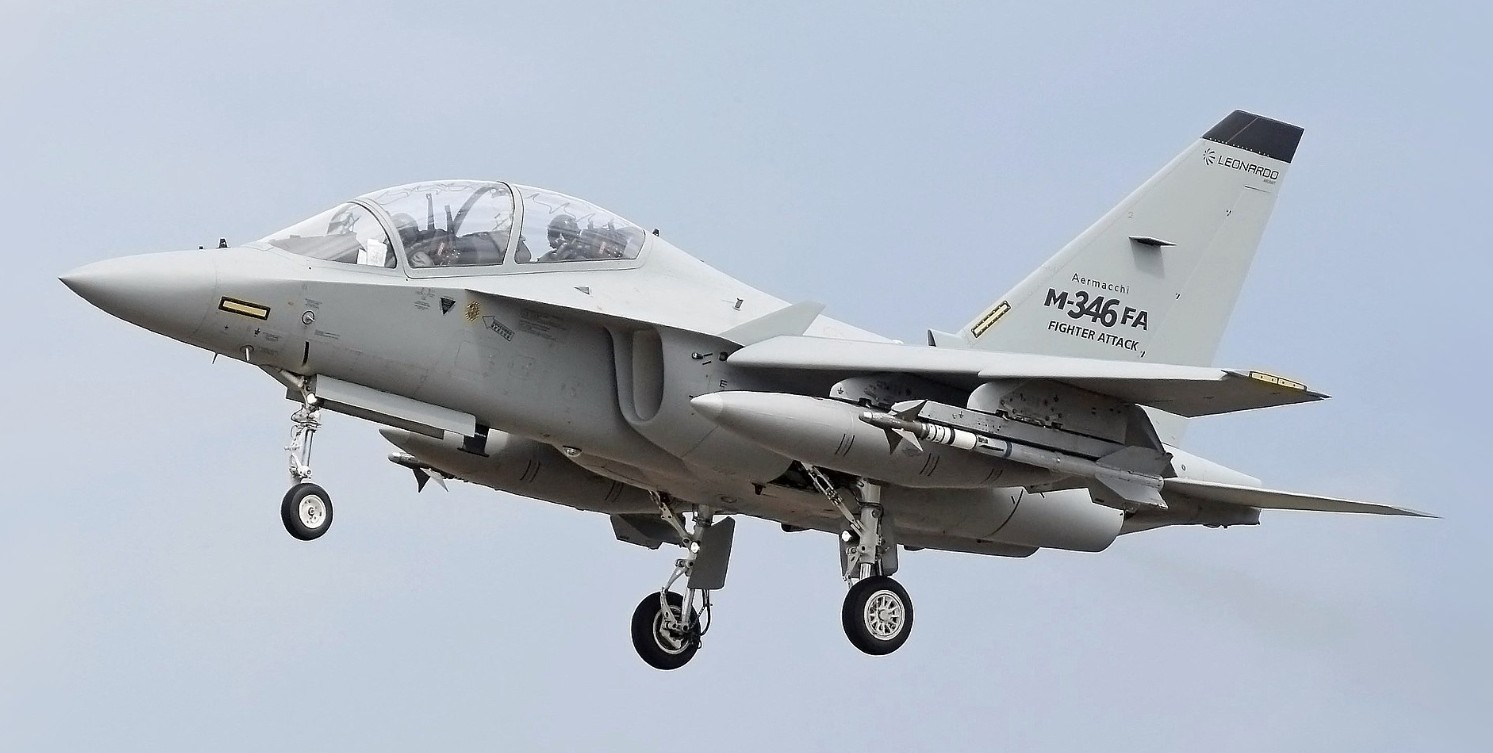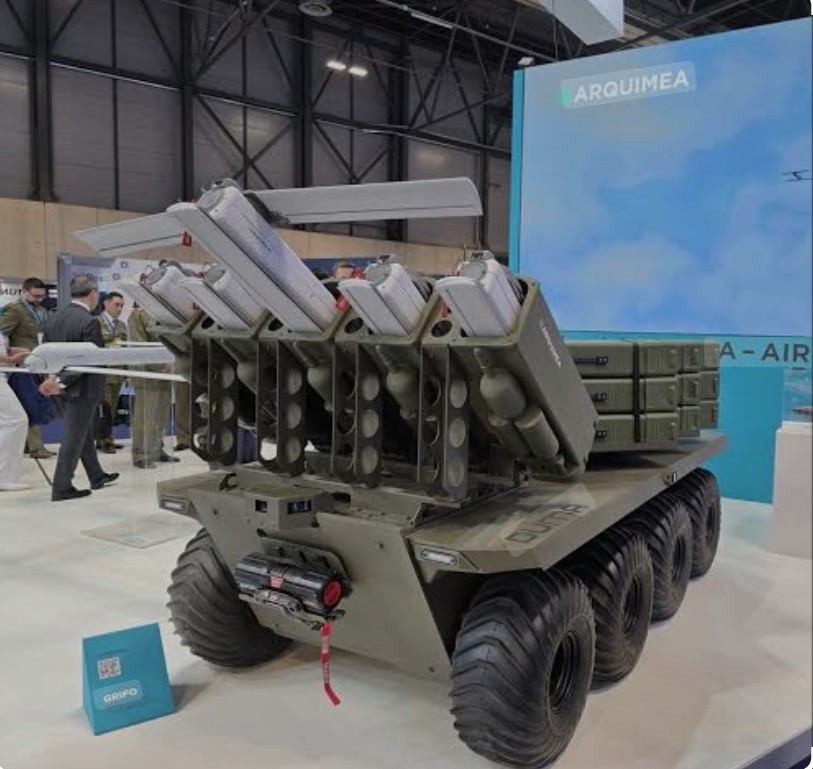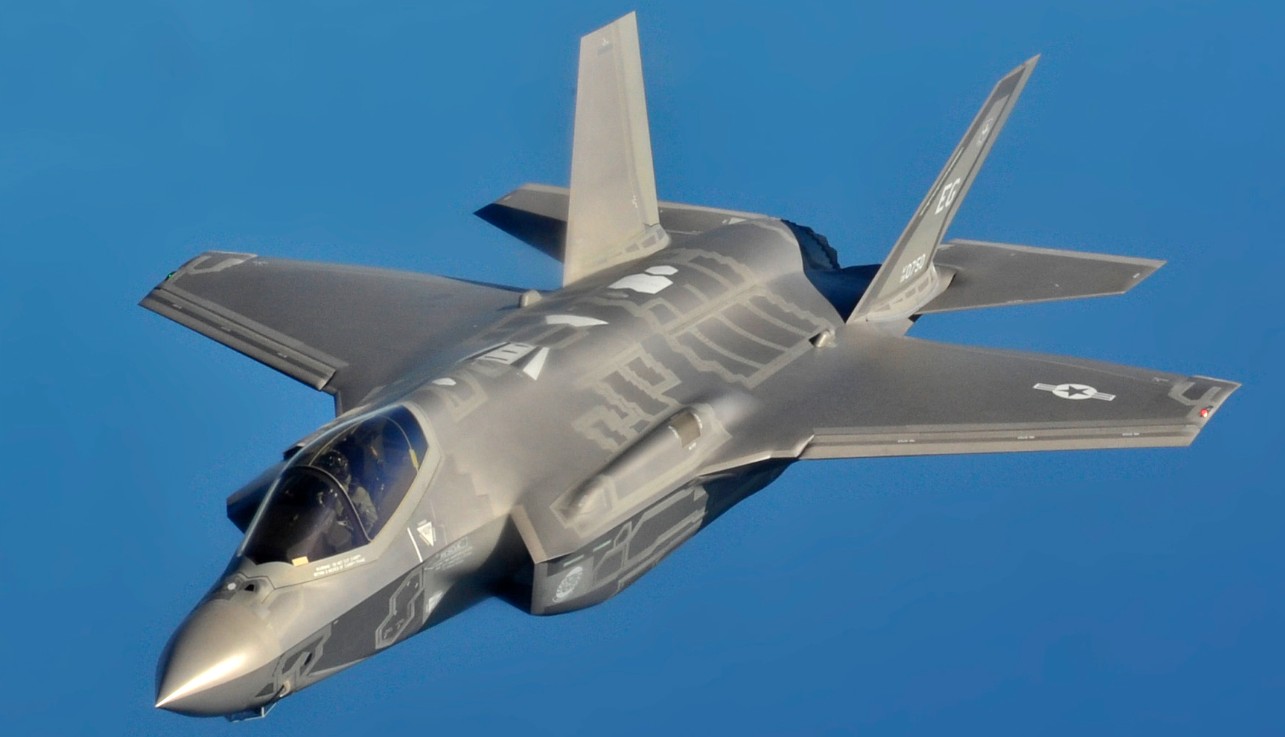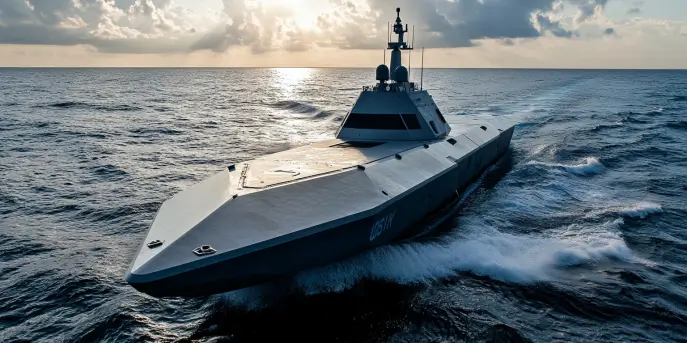The Mi-17 helicopter, an iconic symbol of Russian aeronautical engineering, has been a cornerstone in both military and civilian aviation sectors worldwide. Known for its robust design and ability to operate in diverse environments, the Mi-17 continues to be the backbone for logistical and tactical operations in numerous countries. This article delves deep into the secrets that make this helicopter a preferred choice for many nations, examining its design, operational capabilities, and the technological advancements that have kept it relevant through the decades.
Design and Development
Originally developed by the Mil Moscow Helicopter Plant, the Mi-17 is an advanced variant of the Mi-8 airframe. The design improvements were made to enhance performance and reliability, catering to both military and civilian needs. One of the most significant design changes was the introduction of more powerful engines and updated avionics, which significantly improved its capabilities in harsh environments.
Operational Versatility
The Mi-17’s design allows it to be easily adapted for a variety of missions.
Military operations: It is used extensively for troop transport, medical evacuation, and as a gunship. With the ability to equip advanced weaponry and armor, it plays a crucial role in combat scenarios.
Civilian use: The Mi-17 is extensively used in firefighting, search and rescue operations, and by the civil transport services, showcasing its ability to perform in diverse terrains and climates.
Its operational versatility is enhanced by its capability to be fitted with different modules and equipment, making it a three-in-one solution for many aviation needs. The helicopter’s ability to operate in high-altitude and hot-and-high conditions further underscores its versatility.
Technological Advancements
Over the years, the Mi-17 has undergone several upgrades to keep pace with technological advancements. The avionics systems have seen considerable improvements including digital displays, GPS navigation, night vision systems, and autopilot capabilities.
These enhancements have improved pilot efficiency and safety, enabling more precise handling and navigation even in the most challenging environments. Moreover, modern communication systems have been integrated, facilitating better coordination during missions.
Global Reach and Impact
The global footprint of the Mi-17 is extensive. Countries across Asia, Africa, and Latin America have integrated this helicopter into their arsenal for its reliability and cost-effectiveness. According to reports, it is the best-selling helicopter in its class internationally.
One critical factor driving its widespread adoption is the availability of a global support network providing spare parts and maintenance services, ensuring operational longevity and effectiveness over time. It is not uncommon to see the Mi-17 in action during humanitarian missions around the world, highlighting its importance beyond militants and defense operations.
Challenges and Critiques
The Mi-17, like any technology, has faced challenges and critiques over its lifespan. Maintenance and operational costs, particularly in regions far from Russia, can become burdensome. Moreover, the geopolitical landscape sometimes affects the accessibility of spare parts and technical support.
Despite these challenges, the enduring design and mission adaptability of the Mi-17 continue to outweigh its limitations, making it a favored choice for solutions requiring reliability and versatility. These traits cement its position as a key player in the world of helicopter aviation.
